
Review on 🎮 ASUS ROG X570 Crosshair VIII Hero Wi-Fi ATX Motherboard with PCIe 4.0, on-Board WiFi 6 (802.11Ax), 2.5 Gbps LAN, USB 3.2, SATA, M.2, Node and Aura Sync RGB Lighting by Virot Nimpoonsri ᠌

Excellent quality, absolutely not expected for such a price.
In general, an excellent mother for an advanced user. These shortcomings are significant only in private use cases, and for everyday advanced work - an excellent board. Taking this opportunity, I congratulate those who, like me, managed to buy a top-end mother and processor before the horrors began - this hardware should be enough for us for the next 10 years, and we are unlikely to buy new hardware before 10 years. I am attaching a photo that shows how the backlight of the mother looks in a case with tinted glass, if anyone is interested.
- - Excellent cooling. The chipset with peripherals (not much - two hard drives, USB - but under stable boot) does not heat up above 55, despite passive cooling (although in my case this may be due to the Corsair 7000D Airflow case). - Excellent power supply - Ryzen 5950x works quietly and stably at maximum (stock, I'm not an overclocker) frequencies under 100% load, while the VRM also does not heat up (I have never observed above 45). - Cool features for overclockers, although I can't fully appreciate them - all sorts of buttons right on the board, it shines beautifully :3 - For lovers of whistling backlighting, there are two RGB and ARGB headers - Pleasant sound. I'm not a big connoisseur, I immediately noticed the difference with my 3.5mm headphones.
- - Serial topolgy of RAM connection. I stuck 4 dice for 32 gigabytes, and I couldn’t get good timings (but I’m a krivorkuy, it’s more like that). - Overkill built-in peripherals and ports. All data lines are occupied by three network cards and dozens of USBs on the rear panel. At the same time, there is only one internal 20pin USB connector on the board itself, which does not allow connecting the front panel of top cases with a lot of USB (I needed two internal connectors). This is solved by an expansion card, but the board provides only one PCIe x1 socket, which is sad. Two dozen USBs on the rear panel will not help to connect a second PCIe device. Thanks, although SATA drives left the line norms (8 devices can be connected) - Radiators interfere a little during assembly, especially VRM - it was inconvenient to plug in the processor power.
New products
Comments (0)
Top products in 🧰 Computer Internal Components
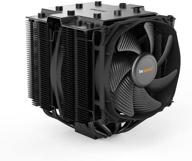
🌬️ Silent Cooling Power: Dark Rock Pro 4 CPU Cooler with 250W TDP, BK022

134 Review
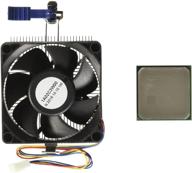
💪 AMD FD6300WMHKBOX FX-6300 Black Edition: 6-Core Processor with Unparalleled Performance

134 Review
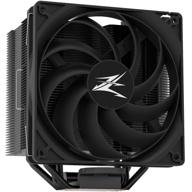
Zalman Performa Performance Powerful Included

172 Review
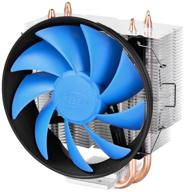
Deepcool GAMMAXX 300 CPU cooler, silver/black/blue

166 Review
Another interesting products
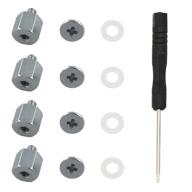
M.2 Screw Kit: Easy Mounting for NVMe SSDs on ASUS Motherboards

19 Review

Comprehensive 500pcs Laptop Screw Kit Set for 🔩 IBM HP Dell Lenovo Samsung Sony Toshiba Gateway Acer

12 Review
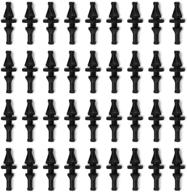
36-Pack Black Rubber PC CPU/Case Fan Screws/Rivets Set for Computer

11 Review
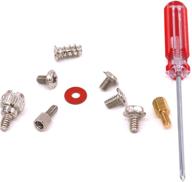
Glarks 660 Pieces Phillips Assortment Motherboard

10 Review

